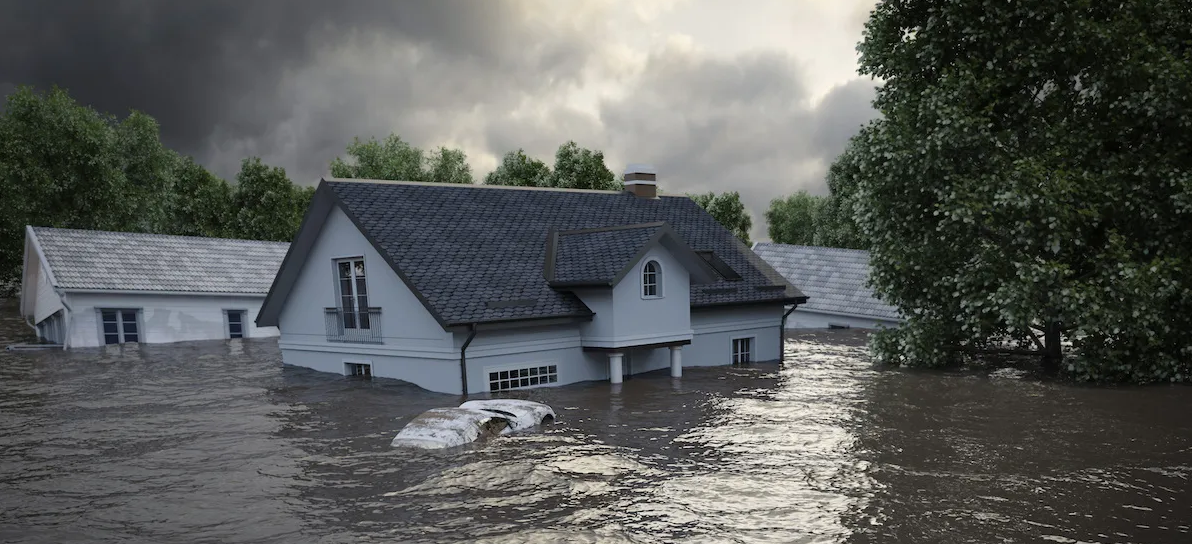January is an exciting time in Australia, but for parts of the country they do have to worry about tropical storms or bushfires – or worse, both.
When those events occur, and they are certainly happening more frequently due to climate change, people face that scary moment of truth when they look for their home insurance policy to see what it covers.
Often this is far too late.
When you are buying your home insurance, price is important, but it isn’t everything; you need to make sure you know what is (and isn’t) covered by different policies, before choosing the one that is right for you.
The basics
Home insurance covers the cost of repairing or replacing your house when something goes wrong, covering the building itself and the fixtures (for example, plumbing and built-in cabinets).
It can also cover the legal costs if someone is injured on your property.
Often home insurance is bundled with contents insurance, which covers personal belongings and furniture.
There are two main types of home insurance – sum-insured cover and total replacement cover.
Sum-insured cover means you are insured for an estimate of how much it would cost to rebuild your home if it was totally destroyed.
Total replacement cover means that you are covered for what it would cost to repair or rebuild your home to the same standard.
You are less likely to be underinsured with total replacement cover, however not all insurers offer this option, and it is often more expensive.
Some insurers offer a ‘safety net’, which means they will add up to 30 per cent to your sum-insured amount in the event you home is totally destroyed, so it can be worth checking if this option is available.
Exclusions
Home insurance covers loss and damage caused by insured events, which can include fire, flood, storm, theft and vandalism.
This is one of the most important things to check before purchasing an insurance policy. Certain policies will not cover for some events, which can include damage caused by the sea, by smoke, landslides or power failures.
All insurers cover storm and cyclone damage to your property, says CHOICE home insurance expert Daniel Graham. But not all policies cover loss or damage caused by a storm surge, flood, or action of the sea.
CHOICE explains that while there is a standard definition of a flood, there is no such definition for a storm, with different insurance companies having different interpretations.
People who live in northern Australia will pay more for their premiums because of the higher likelihood of storms and cyclones, too.
Adjusting your excess
Most insurers allow you to adjust your excess. This may seem like an attractive option, but you should weigh up the difference between having a low excess with a higher premium and the ramifications of the reverse situation before making a decision.
You can make significant savings on your premiums by increasing your excess.
When selecting a home insurance policy, it is incredibly important to read all the fine print of your product disclosure statement as there can be no worse feeling than realising that you are not covered for an event when it is too late to do something about it.
Have you ever been caught out by home insurance?
If you enjoy our content, don’t keep it to yourself. Share our free eNews with your friends and encourage them to sign up.Related articles:
https://www.yourlifechoices.com.au/finance/insurance/australias-least-affordable-insurance
https://www.yourlifechoices.com.au/finance/insurance/raw-deal-on-gap-fees
https://www.yourlifechoices.com.au/finance/insurance/how-does-income-protection-protect-you

